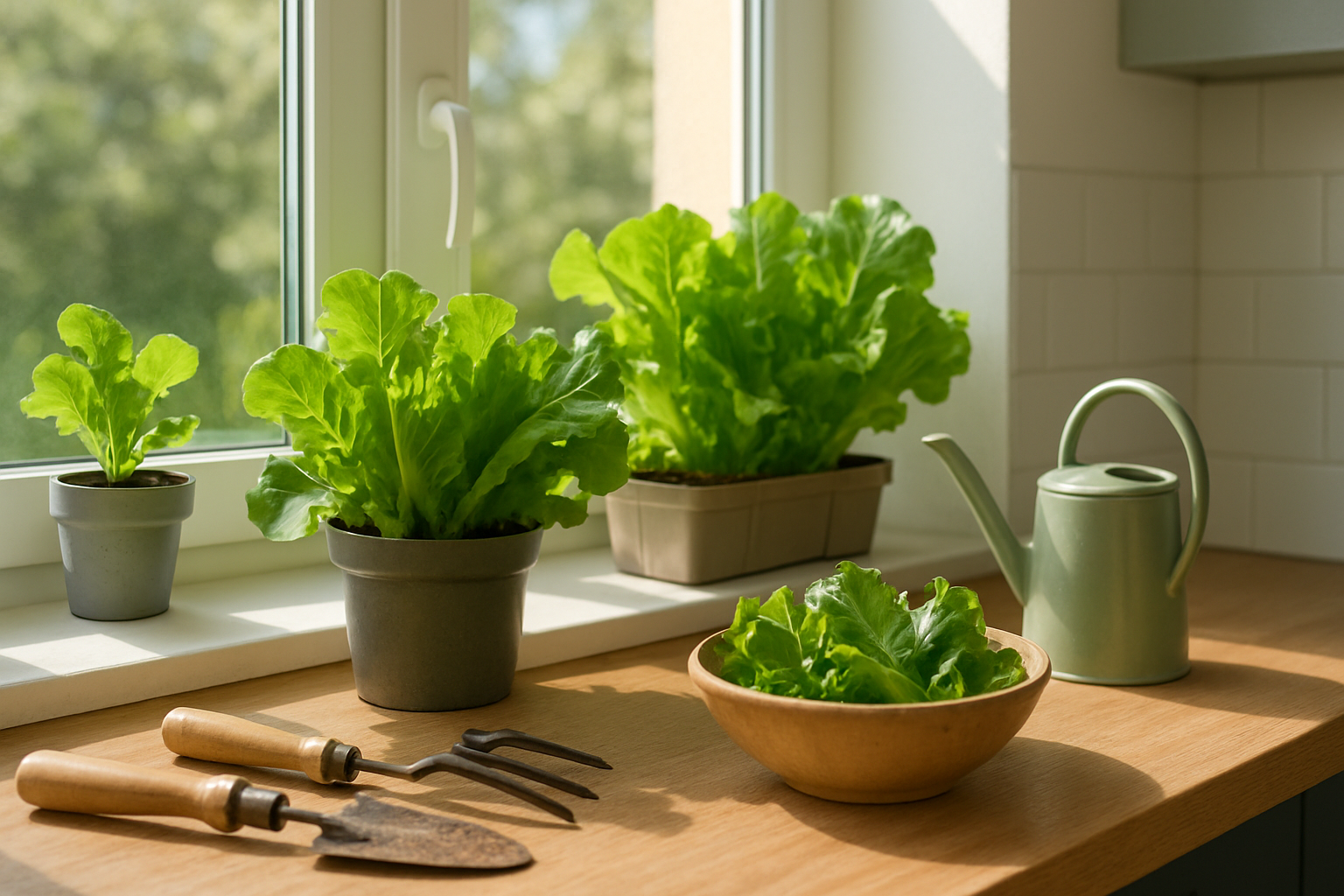Introduction

Growing lettuce indoors is quickly gaining popularity among home gardeners who crave fresh, crisp salads all year round. While nothing beats the convenience of snipping leaves right in your kitchen, you might wonder how it compares to the age-old practice of outdoor gardening. Should you try your hand at growing lettuce indoors, or stick to the traditional outdoor patch?
In this post, we’ll dive into the real differences between the two methods—looking at everything from light and temperature needs to space, equipment, and pest control. Whether you’re an apartment dweller with limited outdoor access or a backyard enthusiast curious about maximizing your harvest, understanding the unique conditions, requirements, pros, and cons of each option will help you decide which method best fits your lifestyle, space, and salad goals.
Let’s help you choose the perfect path to abundant, homegrown lettuce!
Comparing Indoor and Outdoor Lettuce Growing
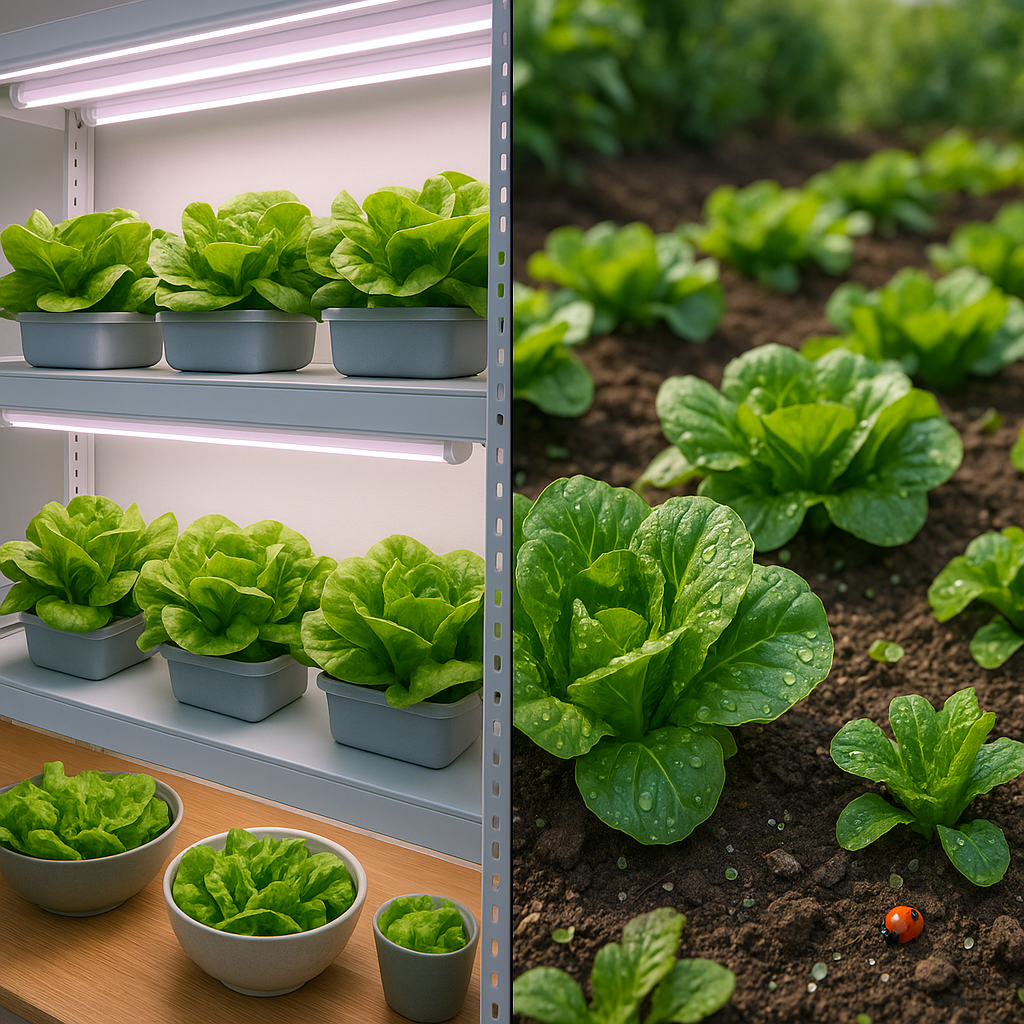
When deciding whether to grow lettuce indoors or outdoors, it’s important to consider how each environment affects your plant’s success. Outdoor gardens expose lettuce to natural sunlight, rainfall, and the full range of seasonal temperatures. This often results in faster, more robust growth during spring and fall, but unpredictable weather—like heatwaves, unexpected frosts, or heavy rains—can stunt growth, cause bolting, or invite fungal diseases.
Growing indoors allows you to sidestep these risks by using grow lights, controlling the temperature (ideally between 60°F and 70°F), and maintaining a consistent watering schedule. However, light can be a limiting factor inside; without at least 12 hours of bright light daily, lettuce tends to become leggy and weak.
Space also varies between the two methods. Outdoor beds or rows allow for large harvests, while indoor gardeners often rely on containers or hydroponics, which can limit how much you grow at once.
Pest pressure is usually higher outdoors—slugs, aphids, and rabbits are common visitors. Indoors, while not completely pest-free, the risk of outbreaks is much lower if you monitor and keep the space clean.
Maintenance routines differ as well. Outdoors, you’ll focus on weeding, thinning, and guarding against pests, especially after rain or heatwaves. Indoors, maintenance involves monitoring humidity, cleaning grow trays, and checking for mold or mildew due to limited air circulation.
Overall, outdoor growing harnesses the power of nature but requires resilience and flexibility, while indoor growing emphasizes control, predictability, and frequent check-ins to fine-tune the mini-ecosystem you create.
Pros and Cons of Growing Lettuce Indoors
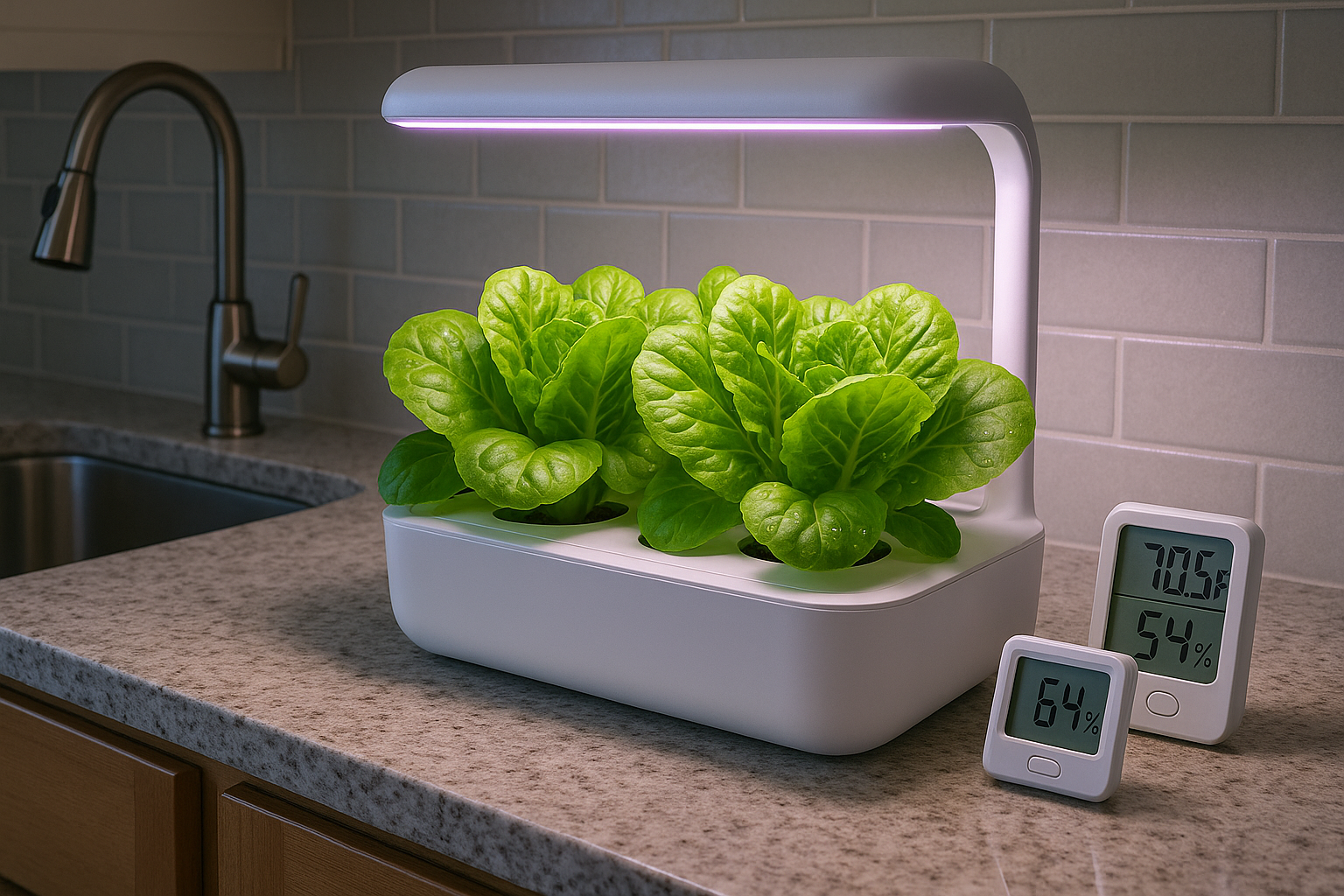
Growing lettuce indoors offers some fantastic benefits, especially for those who want fresh greens year-round. With indoor setups, you can harvest lettuce regardless of the season, avoiding weather changes and surprise frosts that often limit outdoor gardening.
Another huge perk is improved pest control—keeping your plants inside drastically reduces the chances of dealing with aphids, slugs, or other common garden pests. This means you can enjoy cleaner, healthier leaves. Plus, you can grow lettuce in almost any space, from a sunny windowsill to a dedicated shelf with grow lights, making it ideal for apartment dwellers or anyone short on outdoor room.
However, indoor cultivation does come with its own set of challenges. Lettuce needs plenty of light to thrive, so you’ll likely need to invest in some form of artificial lighting, which can increase both setup costs and electricity use. Yields are also smaller than outdoor beds since indoor setups generally have less space for sprawling heads or multiple trays.
Another factor to watch is humidity—while lettuce loves moisture, too much indoor humidity can lead to mold or mildew, so you’ll need to monitor and adjust conditions regularly.
Indoor lettuce growing appeals most to home cooks who value ultimate freshness, urban gardeners with limited outdoor access, or hobbyists who enjoy tinkering with hydroponics and controlled environments. If you’re patient and willing to learn, the payoff is truly garden-fresh salads at your fingertips, no matter where you live.
Pros and Cons of Growing Lettuce Outdoors
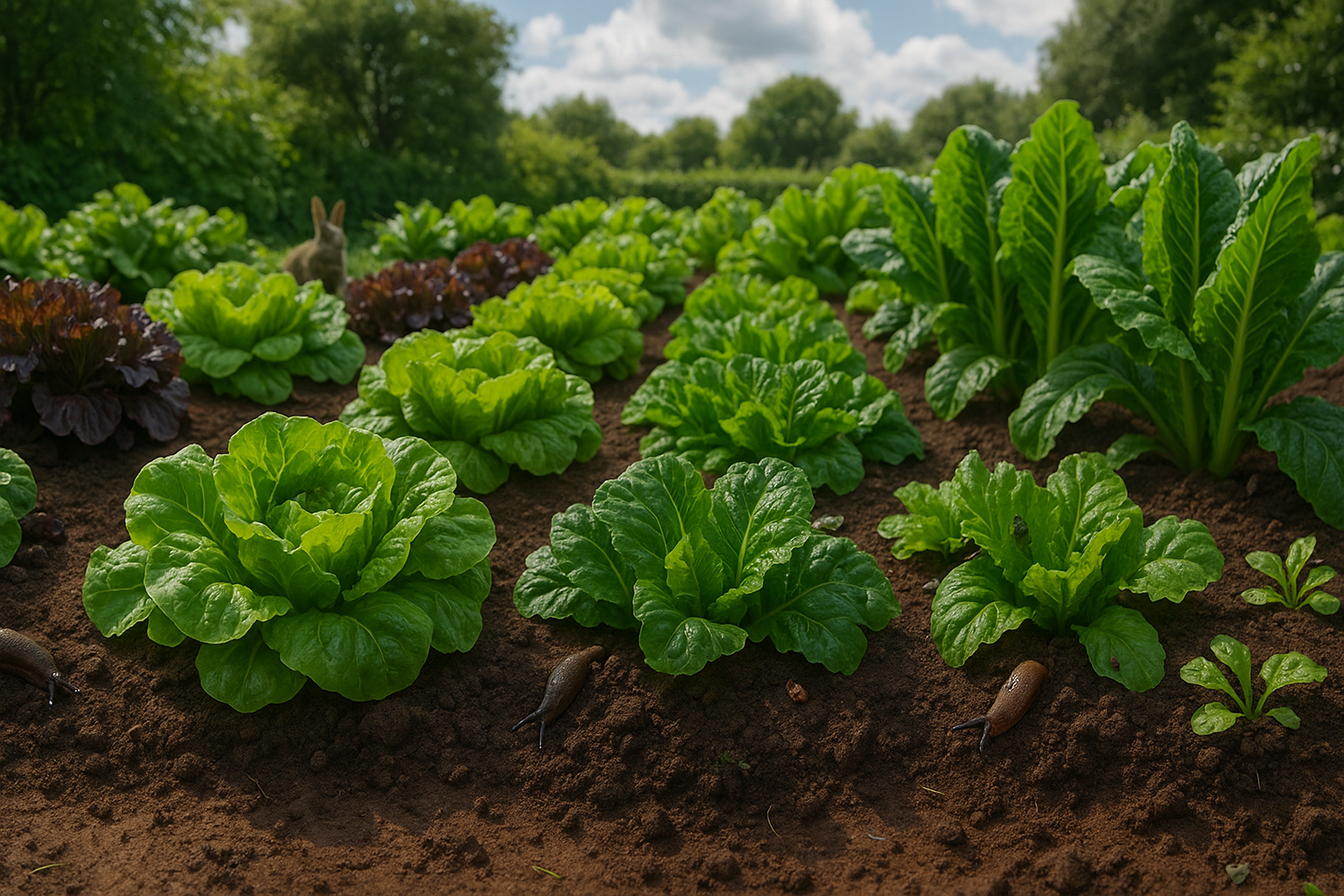
Growing lettuce outdoors offers several appealing advantages for home gardeners. Natural sunlight supports robust growth, often resulting in larger yields than what’s possible indoors or in containers. The open garden lets you experiment with a wider variety of lettuce types—crispheads, butterheads, romaine, and colorful leaf lettuces—all benefiting from the full spectrum of daylight and the unrestricted root space that soil provides. Another perk is scalability: even a small backyard bed can produce enough greens for family salads throughout the season.
However, outdoor lettuce growing isn’t without its challenges. Weather can be unpredictable—unexpected heat spells may cause lettuce to bolt, turning the leaves bitter, while heavy rainfall can invite disease or stress the plants. Pest problems are also a major concern outdoors; slugs, rabbits, and aphids are notorious for munching on tender lettuce leaves. Plus, unlike controlled indoor conditions, outdoor lettuce is limited by the seasons. In colder or very hot regions, your growing window may only last a few months.
Still, if you live in a temperate climate with moderate summers and are willing to monitor weather patterns or use simple protection like row covers, outdoor growing can be deeply rewarding. Gardeners who appreciate variety, want higher yields, and enjoy hands-on tending—like checking for bugs or adjusting watering based on the forecast—will find outdoor lettuce cultivation both satisfying and bountiful. For those willing to accept some unpredictability along with fresh flavor, the garden is the perfect place to grow crisp, delicious lettuce.
Choosing the Right Lettuce Varieties for Indoor and Outdoor Gardens
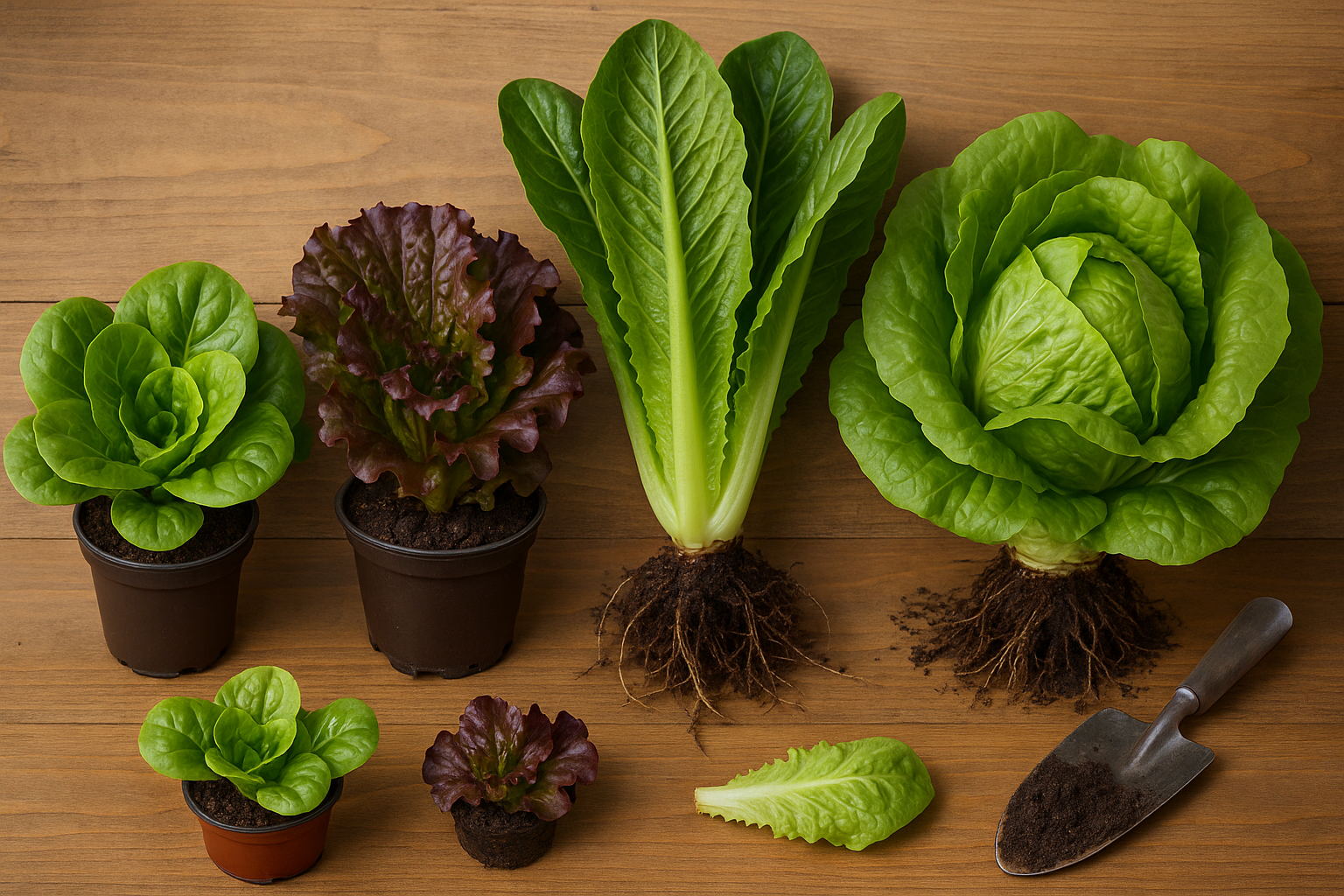
Selecting the right lettuce varieties for your garden can make all the difference, whether you’re growing on a sunny windowsill or in outdoor beds. For indoor gardening, opt for fast-growing and compact varieties such as leaf lettuces (Red Sails, Black Seeded Simpson) and butterhead types (Buttercrunch, Tom Thumb). These varieties are less demanding, mature quickly, and don’t require much space, making them perfect for containers and tighter spots. They also tend to tolerate the lower light conditions commonly found indoors.
Outdoor gardens, on the other hand, can accommodate more robust varieties like romaine (Parris Island Cos) and crisphead lettuces (Great Lakes, Iceberg), which need more space and benefit from cooler spring or fall air.
To pick the best variety, consider your available space, the amount of light, and temperature stability. Indoor setups are ideal for tender, leafy types, while outdoor gardens with more sun and airflow suit romaine and crisphead lettuces. Try mixing different types to keep your harvest interesting and extended; for example, sow butterhead indoors for quick salads and let crisphead mature outside for crunchy summer heads. Matching your lettuce types to your environment helps ensure a steady supply of fresh greens all season long.
Practical Tips for Success
Setting up your lettuce garden can be rewarding, whether you’re growing indoors or outside. For indoor gardeners, choose shallow containers with good drainage and fill them with a loose, nutrient-rich potting mix. Place the containers in a bright window or use a grow light, positioning it a few inches above the leaves for at least 12–16 hours per day.
Outdoor gardens thrive in prepared beds enriched with compost. Rake the soil to a fine texture, loosen it to a depth of 6 inches, and plant lettuce 6–12 inches apart to give the heads room to mature and allow for airflow, which helps prevent disease.
Water consistently to keep soil damp but not waterlogged—lettuce has shallow roots and dries out quickly. Use a balanced, slow-release fertilizer every few weeks, and consider applying a liquid feed for an extra boost as the heads develop.
Try succession planting by sowing seeds a week or two apart for a continuous harvest throughout the season. Rotate your lettuce with non-leafy crops each year to prevent soil-borne diseases and keep yields strong.
Whether indoors or out, keep a close eye on moisture and light, and you’ll be rewarded with crisp, healthy lettuce for salads all season long.
Conclusion
Choosing between indoor and outdoor lettuce growing comes down to your unique situation and what you want from your garden. Outdoor gardens offer access to natural sunlight and often yield larger harvests, but you’ll need to plan for the right season, pests, and changing weather.
Indoor setups, like window boxes or small hydroponics, make it easy to grow lettuce year-round in limited space, with less worry about bugs or uneven temperatures.
If you have a sunny patio and enjoy working outside, try a raised bed or traditional soil patch. If you’re craving fresh greens but live in an apartment, a simple indoor kit can get you started with minimal fuss.
The best method is the one that matches your space, fits your daily routine, and excites you to keep growing. With the flexibility lettuce offers, there’s no wrong way—just dig in and enjoy fresh, homegrown leaves your way!
